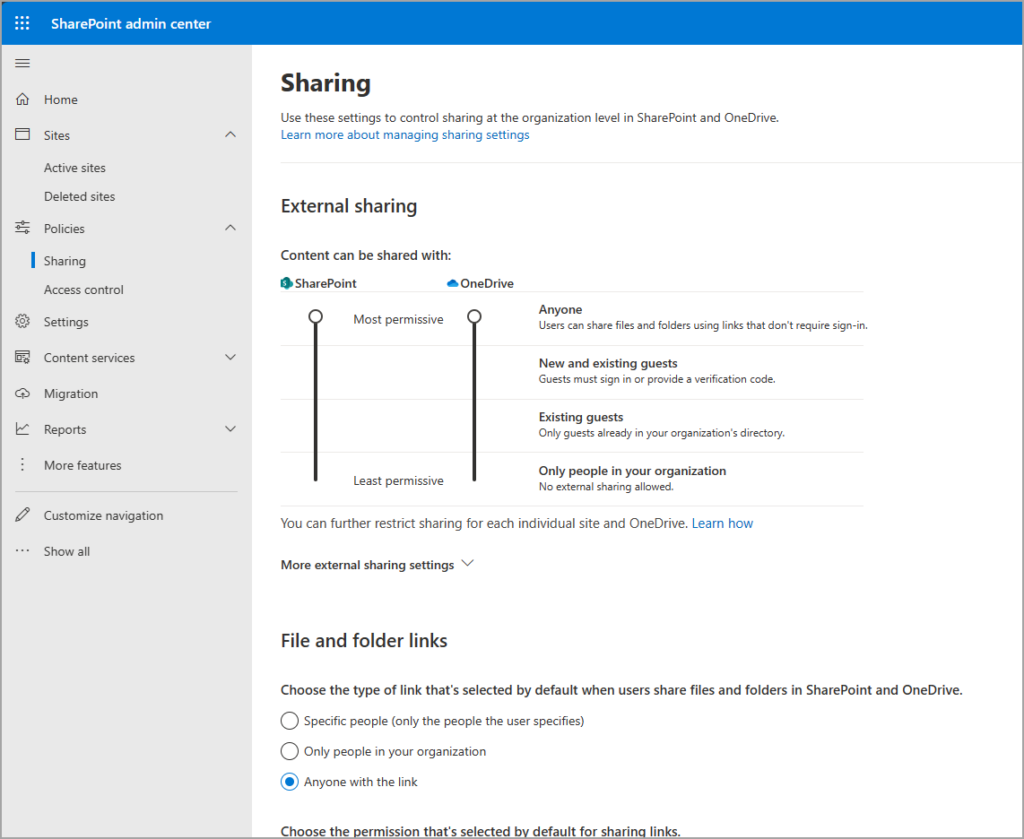Microsoft Loop to Get B2B Guest Sharing Support for Enhanced Collaboration

Key Takeaways:
- Microsoft is bringing B2B guest sharing to its Loop app, enabling users to collaborate with individuals outside their organization.
- This feature allows sharing of Loop workspaces, pages, and components with external partners.
- IT admins will be able to enable guest sharing by configuring organization-level external sharing settings in the SharePoint admin center.
Microsoft is set to add support for business-to-business (B2B) guest sharing to its new Loop app. The new feature will allow users to share Loop workspaces, pages, and components with people outside their organization.
Microsoft Loop is a powerful collaboration and productivity tool designed to enhance teamwork. It combines workspaces, pages, and components to help users work together and manage projects. The Loop app allows users to effortlessly create meeting notes, generate documentation, track issues, and brainstorm ideas.
“With this change, if allowed by administrator policy, users within your organization will be able to share Loop workspaces, pages, and components with people outside of your tenant via B2B guest sharing. Pages and components can be shared outside your tenant via Specific People share links. Guest users cannot create Loop workspaces,” the company explained on the Microsoft 365 admin center.

How to enable guest sharing in Microsoft Loop
To share Loop workspaces, pages, and components with guest users, IT admins will need to follow the steps mentioned below:
- Login to the SharePoint admin center.
- Configure the organization-level external sharing settings for SharePoint to allow content sharing with new and existing guest users.
- Finally, enable the B2B invitation manager for the tenant.
Microsoft notes that the Loop app will respect the organization’s OneDrive and SharePoint sharing. This means that IT admins will need to enable these settings to allow guest sharing of Loop workspaces, components, and pages.
Microsoft expects to begin rolling out guest sharing support to organizations that haven’t configured sensitivity labels in late April. The feature is expected to become generally available for all commercial customers in June 2024.
Last month, Microsoft Loop released a new update that allows users to automate time-consuming tasks to streamline workflows. The feature is currently available for all Microsoft 365 subscribers, and you can find more details in our previous posts.



